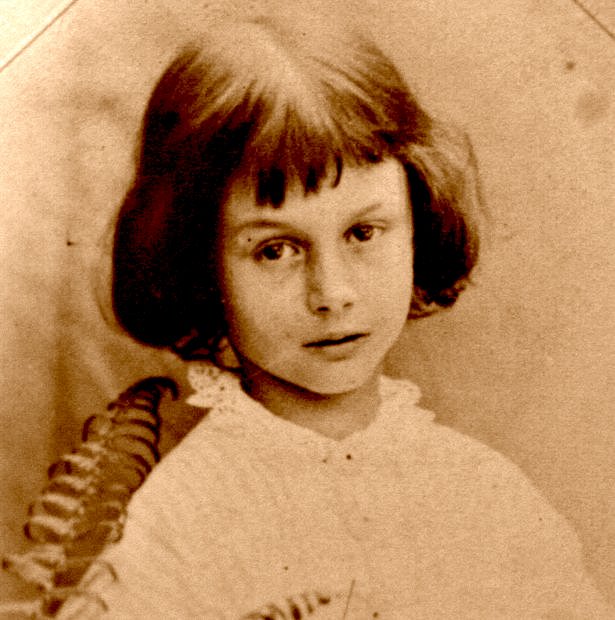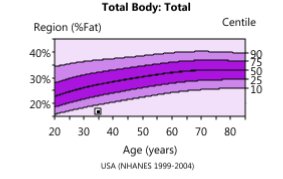Recently I typed the one and only @KittenHoliday. She had previously been typed ENTP, ESTP and ESFP. We ended the confusion quickly
You can learn to do this, too, and this THREAD will tell you how.
1. Tests.
2. Interaction styles.
3. Cognitive functions.
4. Behavioral experience.
Interaction styles are the most accurate method. They let you to type people without theory and interviews.
Understand this. Cognitive type does not change, as some charlatans might tell you.
We develop. Then transcend.
My first impression from experience was that Kitten is an ESFP or ESTP, but I needed to take a deeper look.
And whatever we found, I wanted to make sure we've considered and rejected all viable alternatives.
Her tweets and messages are about specifics. She avoids abstractions when she communicates. So she is obviously not an N type. We can throw out the ENTP result.
Being responsive is not typical for ESTPs, who are a structure-loving type. They prefer things "on schedule".
Informative: You're a fuck-up.
Directive: Unfuck yourself.
Disagreeableness alone tells you little about type.
An ESTP would find my questions and interruptions unsettling; Kitten was having fun with it all.
Interaction style rejected the ESTP type conclusively.
That same experience had taught me that ESTP and ESFP are easy to mistype for one another. So I was extra vigilant in rejecting the possibility she's ESTP.
The letters alone mean nothing. How do they map her own cognitive experience???
Everyone has feelings. But the Feeling *function* is about value preferences - personal (introverted) or collective (extroverted).
- personal development
- life satisfaction and material success
- relationships
- communication
- sales and marketing
- management
And all else that is about people.
And the book is just about 50 pages. It really is so easy to understand.
amazon.com/Understanding-…
Imagine asking people to take a test before doing a sales pitch. Not even remotely feasible when it matters.
Worse, tests are INACCURATE, especially for "socially unwieldy" types.
Which is a big reason why test results are so often wrong.
Although fundamentally nonconformist, INTJ women put personal goals before the need to "express" their individuality. Because of their individuality, they also tend to be very feminine. And don't fit the test.
This leads to a huge disparity in test accuracy AND cognitive development relative to INTJ women.
Experience shows that INTJ women are a lot more common in the wild than the statistics would lead you to believe. And friendly!
You have many indicators to pick from, you need few to get the type. This makes interaction styles very powerful.
They are fantastic on accuracy relative to cost of learning & doing.
You can apply this method to type infants fairly well, after reading a lot about it. Using it with developed people requires interviews.
Good news is you don't have to use it.
- Kitten was unusually self-aware of her cognitive development.
- I was already looking for an ESTP/ESFP differential on several dimensions.
But we still had to use other methods to ensure accuracy.
For best results, you need a strong Extroverted Intuition (or at least Extroverted Feeling) and still lots of experience typing people online and off.
It doesn't require a gym membership or expensive online courses.
Because my newsletter is FREE.
startupdaemon.net/signp










